#5. Canon 1Dx – The Canon 1Dx is a beast of a camera. It's top of the line everything and the price reflects its amazing performance, speed, and feature set. So why did I add the 1Dx in the Best Cameras of 2012 list over the Nikon D4? Simple, Canon totally revamped the autofocus system from the 1D Mark IV, they replaced the 1.3x crop sensor with a better performing full frame sensor, and added a second TIE Fighter joystick on the vertical grip. Those three items alone would make for a worthy update, but Canon added so much more: 12 frames per second burst mode (up from 10 fps), better HD video recording, and an Ethernet port for remote shooting and stupid-fast file transfers. The list could go on for days, but we have more important cameras to discuss.
Is the 1Dx the best camera of 2012? Probably, but it's not #1 on my list. This behemoth is too expensive and too specialized for professionals and wealthy consumers who crave the best the market has to offer. There's better bang-for-your-buck out there.
#4. Canon G15 – The Canon G15 is a gem in the relatively-compact camera market. It's just bulky enough to where it will only fit in your jacket pocket or cargo pants, but the added bulk is welcomed over the similarly priced and pocket-able Canon S110. The G15 offers a fantastic do-it-all lens that sucks in a ton of light compared to its competition, making it more useful in low light venues and offers decent subject separation (about as good as you can get with a small sensor camera).
If you're looking for a compact camera that can shoot it all right out of the box, the Canon G15 will serve you well. Keep in mind it won't perform like a DSLR, but it won't weigh you down on vacation either.
#3. Nikon D600 – Nikon and Canon attempted to bring a budget full frame sensor DSLR to the market which would offer best-in-class image quality and also wouldn't break the bank. In this bout, Nikon easily won the fight with the D600 over the Canon 6D. While it's missing several features of it's big brother D800, the D600 hosts a great 39 point autofocus system, 5.5 frames per second burst, 100% pentaprism viewfinder, and even a headphone jack to monitor audio levels during video recording. These are all very important features to have for the professional and semi-professional shooter.
#2. Fuji X-Pro 1 – The Fuji X-Pro 1 is an amazing camera. I was in love with it's X100 baby brother, but was never satisfied with the non-interchangeable 35mm (equivalent) f/2 lens. Let me explain: The X100 has a fantastic 1.6x crop sensor offering great image quality, low light awesomeness, and depth of field control, all in a beautiful, retro-styled, compact body. The hybrid optical/electronic viewfinder works well and the autofocus system is good enough for street, portrait, and vacation purposes. The deal breaker on the X100 for me was the lack of interchangeable lenses.
The X-Pro 1 adds to the X100 in image quality and high ISO, low noise, performance. It also offers a great selection of Fuji prime and zoom lenses (many more are just around the corner). From my experience, if you are a serious enthusiast or a professional looking for a fun, compact, and great personal camera, the X-Pro 1 is the camera for you. If I had the money, I would own one.
#1. Canon 5D Mark III – The Canon 5D Mark III is without-a-doubt the best camera of 2012. I praised it heavily the night it was announced and fortunately, I still stand by what I said.
The 5D Mark III offers exceptional low light performance (with clean files up to ISO 25,600), an amazing 61-point (with 41 cross-type points) autofocus system that was borrowed and slightly scaled down from the Canon 1Dx. I can go on for days raving about this camera, but I'll spare you for now. All I can say is Canon nailed it with the 5D Mark III. I think so highly of it, I managed to replace my 7D and 5D Mark II tag-team for a pair of 5D Mark IIIs to make my photojournalism work so much easier (everything from weddings, to sports, portraits, and spot news). I haven't looked back since.
Does my Top 5 list match yours? What camera do you think should have made it and why? Sound off in the comments below!

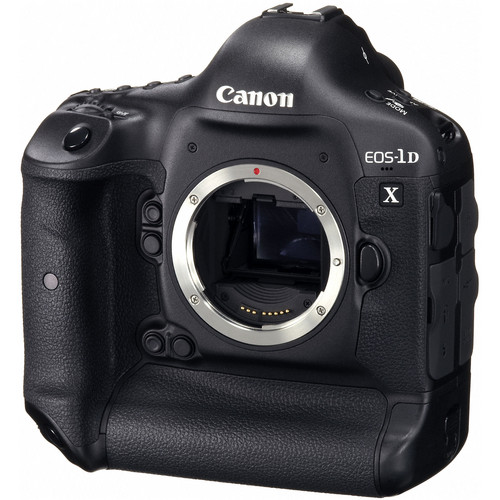
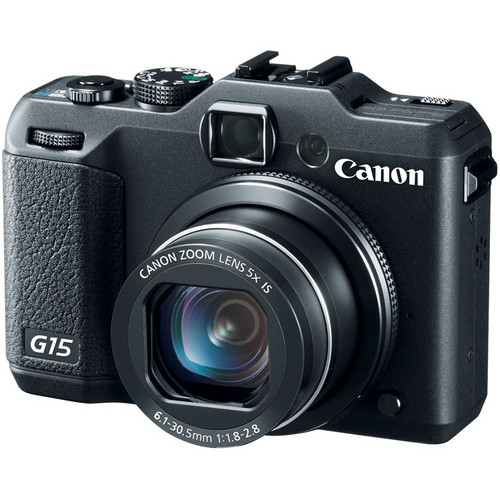
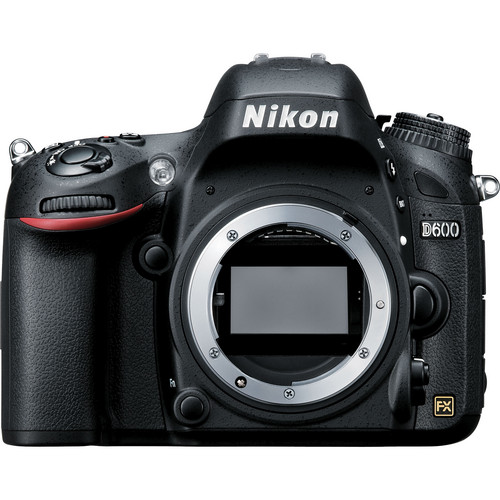
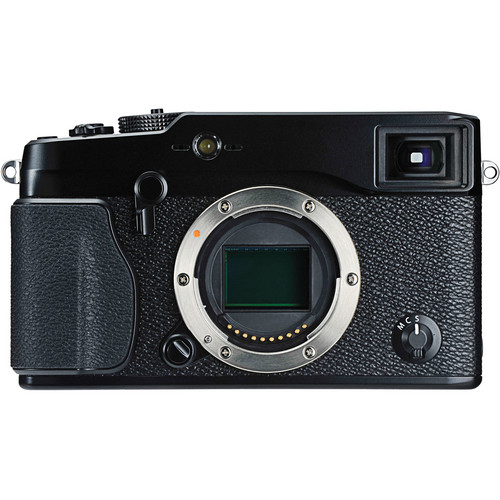
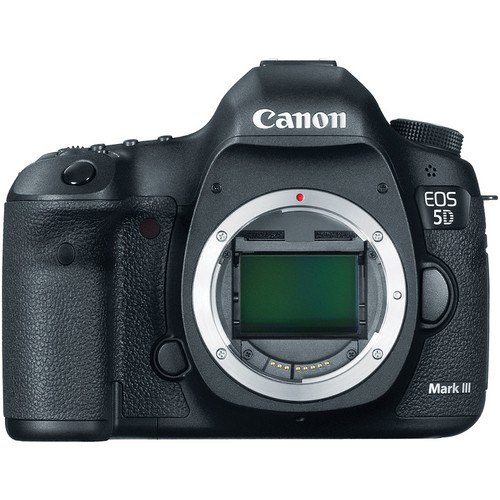
The Olympus OM-D EM-5 should at least be on your list.
ReplyDeleteDPreview Says
"Pipping the Nikon D800/E by one percentage point in the overall count, the Olympus OM-D EM-5 won out in this year's poll by a whisker. Although a very different camera to the D800, the OM-5 EM-5 is a seriously impressive product. With the launch of the E-M5, Olympus harks back to one of its most fondly-remembered camera systems - the Olympus OM range of 35mm SLRs. Initially the E-M5 looked like it might simply be an upgraded E-P3 with a built-in viewfinder, but in use it proved much more than that - probably the most competent enthusiast mirrorless camera so far.
When we reviewed the OM-D in April we commented on its excellent image quality which at that point set a benchmark for Micro Four Thirds cameras. As we'd expect from Olympus it's also an incredible customizable camera, and with the huge range of compatible Micro Four Thirds lenses available it's also one of the most versatile. About the only thing the OM-D can't do well is continuous autofocus, but if you can live with this limitation, it stands as one of the best cameras currently on the market, and a worthy winner of our poll."
Popular Photograpy agrees.
http://www.popphoto.com/gallery/pop-awards-2012-best-new-photography-gear-year
That is a great suggestion! Unfortunately, I am not a fan of the Micro 4/3 sensor cameras. Here's why: The cameras are pricey for what you get, you have to invest in a new lens system, and the small sensor offers marginal benefits over a compact camera (such as the Canon G15). Not to mention, the Micro 4/3 cameras are typically updated every 6 months, which means you're new camera is outdated in a very short period of time.
DeleteI would much rather spend a few extra bucks on the Fuji X-Pro1 that has a much larger sensor and is on the 1-1.5 year update cycle, or keep it simple and go with the Fuji X-100 (or the recently announced Fuji X-100s).
Why would you choose the Olympus OM-D (EM-5) over the Fuji X-Pro1? I'd love to hear your mindset.